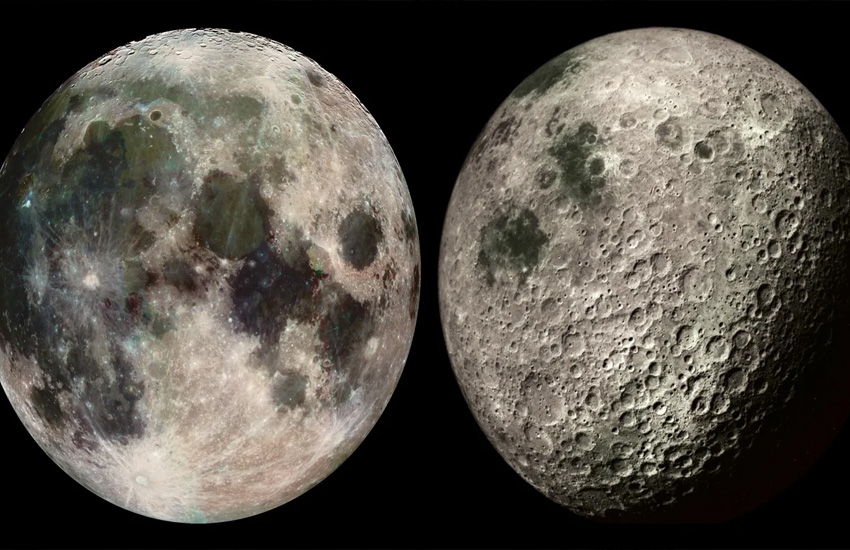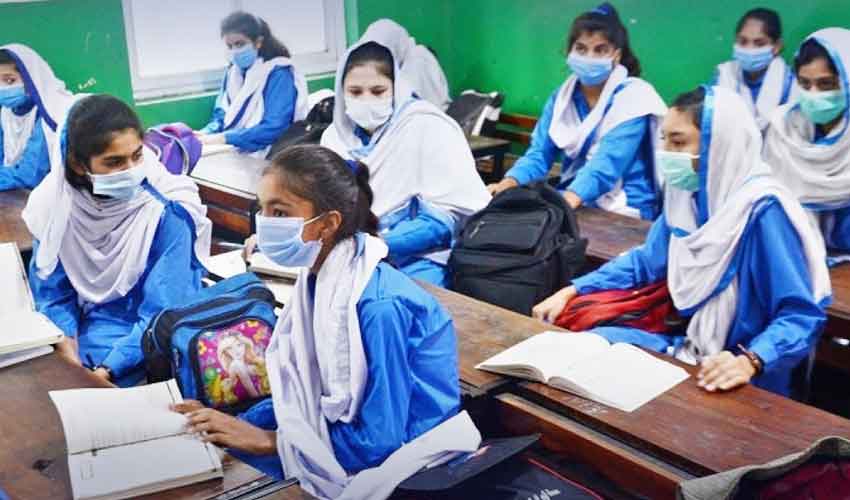In the latest revelation, a NASA-funded study has raised concerns about the lunar south pole, a focal point in the ongoing international space race, due to the potential threat posed by moonquakes and landslides.
The region, recently explored by India's Chandrayaan-3 and targeted by NASA's Artemis III mission, may present challenges for future human settlers and equipment.
As the moon's core gradually cools and contracts, its surface undergoes significant changes, akin to a grape shriveling into a raisin. This contraction results in the development of faults, leading to moonquakes that can last for hours and trigger landslides.
The study, published in The Planetary Science Journal, sheds light on the seismic activity of the supposedly dormant natural satellite.
NASA's Artemis III mission, set to mark the return of astronauts to the moon by 2026, remains undeterred by the recent findings. The study's co-author, NASA planetary scientist Renee Weber, assures that the current understanding of moonquake frequency and risk does not impact the mission's landing site selection process.
Moonquakes pose limited short-term risk
While short-term lunar missions are deemed at low risk from moonquakes, the study acknowledges potential challenges for long-term human presence on the moon. Scientists argue that understanding the geographical characteristics of potential landing sites, including proximity to tectonic features, will become crucial for future lunar settlements.
Geophysicists and planetary scientists emphasize the potential scientific value of studying moonquakes. Despite posing challenges for human exploration, moonquakes act as unique tools to unveil the moon's interior structure and ongoing geological activity. The research community sees them as "flashlights in the lunar interior" that illuminate the moon's mysteries for further scientific exploration.
Experts in geophysics emphasize that, while moonquakes may pose potential threats to future manned landing missions, the short-duration stays of astronauts on the lunar surface will likely limit the risks. Ongoing and future missions are expected to provide valuable data to better understand and mitigate the dangers posed by moonquakes.



























